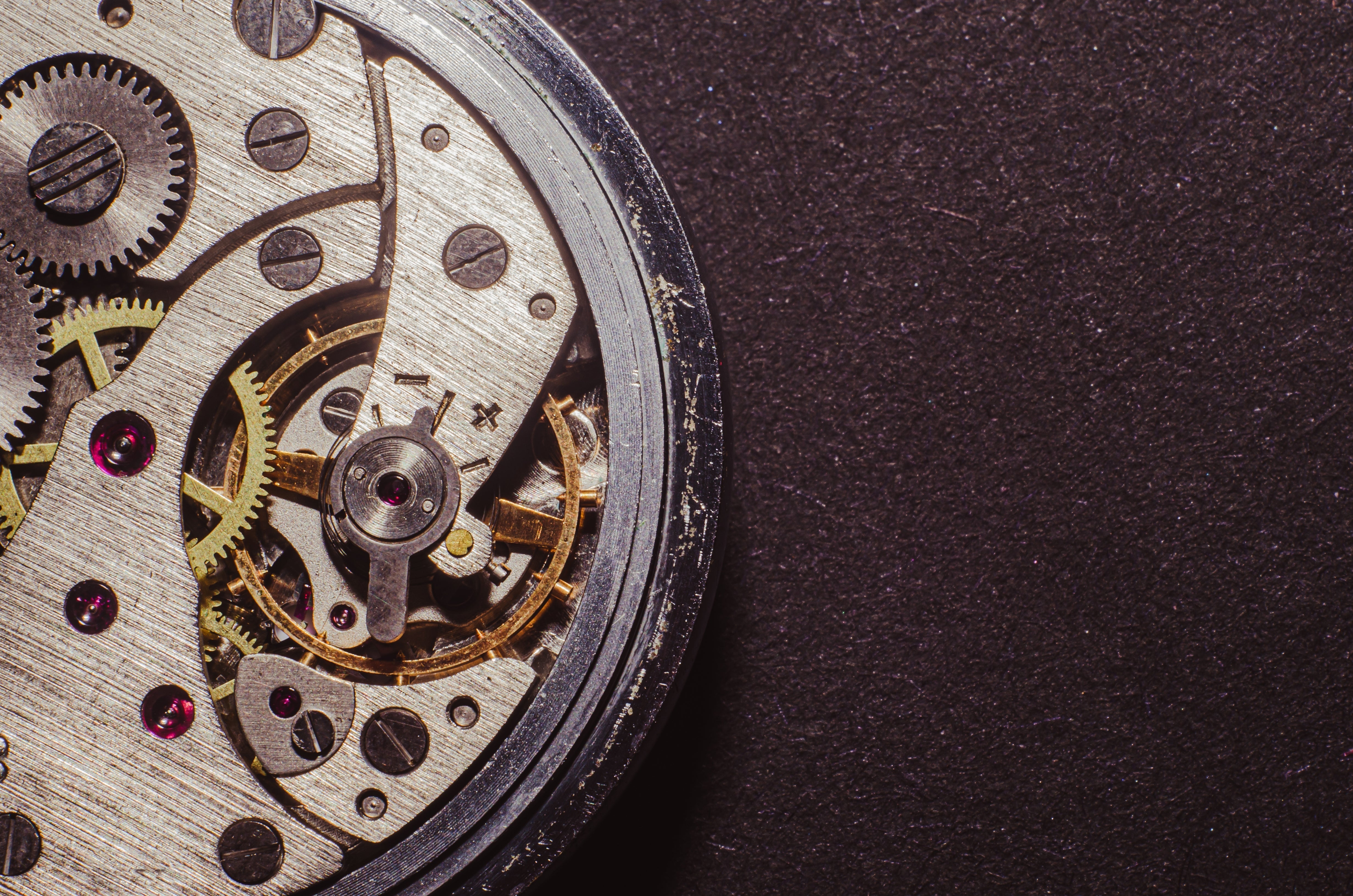For decades, the world of horology was dominated by a handful of heritage houses. Today, however, a quiet revolution is ticking away in studios, garages, and small workshops across the globe. Independent watchmakers are reshaping what it means to own—and to make—a watch.
A Shift in What Collectors Value
A new generation of collectors is less concerned with brand prestige and more interested in authenticity, craft, and storytelling. The pandemic accelerated this shift: when enthusiasts spent more time online, they discovered a global community of small watch brands producing limited runs, experimenting with materials, and interacting directly with their audiences.
This new customer asks: Who made my watch? not How many ambassadors does it have?
Microbrands Become Mainstream
The “microbrand” label once implied Kickstarter projects and entry-level pricing. That’s changing fast. Brands like Baltic, Lorier, Furlan Marri, and Serica have proven that smaller doesn’t mean lesser—just more focused. Many independents are now partnering with Swiss suppliers, integrating mechanical calibres, and producing designs that rival traditional mid-tier Swiss watches in quality and finishing.
As these brands mature, the line between “microbrand” and “independent” blurs. What unites them is an independent spirit, not a price point.
Design Freedom and Experimentation
Without corporate boards to please, independent watchmakers can take creative risks:
-
Unusual case materials – from titanium and bronze to recycled ocean plastics.
-
Artistic dials – enamel, meteorite, hand-painted miniatures, or UV-printed textures.
-
Niche complications – moonphases, worldtimers, and wandering hours that would never pass a big-brand committee meeting.
This experimentation feeds a healthy diversity into the watch world—something collectors have been craving.
The Direct-to-Collector Relationship
One of the biggest advantages independents have is proximity to their customers. Many founders personally answer DMs, post assembly videos, and share prototype sketches on Instagram. This transparency builds loyalty and turns customers into brand advocates.
For collectors, buying from an independent often means joining a small but passionate community rather than just owning another logo on the wrist.
The Market Is Catching Up
Auction houses and media outlets are starting to pay attention. Indie names like Rexhep Rexhepi, Kari Voutilainen, and MB&F dominate high-end discussions, while accessible independents like Baltic and Christopher Ward win design awards and sell out releases in hours.
For investors and enthusiasts alike, independents now represent both emotional and financial value.
What This Means for 2025 and Beyond
Expect to see:
-
More collaborations between independents (shared movements, limited co-designs).
-
Growth in regional watchmaking scenes—from Singapore to Scandinavia.
-
Greater emphasis on sustainability and transparency in materials and supply chains.
-
Marketplaces like TimeWorkshop curating these brands so collectors can explore them all in one place.
The next decade of horology won’t be defined by who sells the most watches—it’ll be defined by who tells the most compelling story, and who has the courage to make something truly original.
Interested in discovering new independents?
Browse the TimeWorkshop Marketplace for a curated selection of the best small-batch and microbrand watches from around the world.

